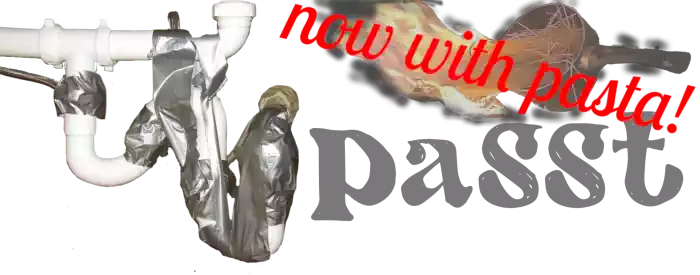diff options
Diffstat (limited to 'tap.h')
| -rw-r--r-- | tap.h | 29 |
1 files changed, 28 insertions, 1 deletions
@@ -6,6 +6,31 @@ #ifndef TAP_H #define TAP_H +/** L2_MAX_LEN_PASTA - Maximum frame length for pasta mode (with L2 header) + * + * The kernel tuntap device imposes a maximum frame size of 65535 including + * 'hard_header_len' (14 bytes for L2 Ethernet in the case of "tap" mode). + */ +#define L2_MAX_LEN_PASTA USHRT_MAX + +/** L2_MAX_LEN_PASST - Maximum frame length for passt mode (with L2 header) + * + * The only structural limit the QEMU socket protocol imposes on frames is + * (2^32-1) bytes, but that would be ludicrously long in practice. For now, + * limit it somewhat arbitrarily to 65535 bytes. FIXME: Work out an appropriate + * limit with more precision. + */ +#define L2_MAX_LEN_PASST USHRT_MAX + +/** L2_MAX_LEN_VU - Maximum frame length for vhost-user mode (with L2 header) + * + * vhost-user allows multiple buffers per frame, each of which can be quite + * large, so the inherent frame size limit is rather large. Much larger than is + * actually useful for IP. For now limit arbitrarily to 65535 bytes. FIXME: + * Work out an appropriate limit with more precision. + */ +#define L2_MAX_LEN_VU USHRT_MAX + struct udphdr; /** @@ -44,6 +69,7 @@ static inline void tap_hdr_update(struct tap_hdr *thdr, size_t l2len) thdr->vnet_len = htonl(l2len); } +unsigned long tap_l2_max_len(const struct ctx *c); void *tap_push_l2h(const struct ctx *c, void *buf, uint16_t proto); void *tap_push_ip4h(struct iphdr *ip4h, struct in_addr src, struct in_addr dst, size_t l4len, uint8_t proto); @@ -93,6 +119,7 @@ void tap_sock_update_pool(void *base, size_t size); void tap_backend_init(struct ctx *c); void tap_flush_pools(void); void tap_handler(struct ctx *c, const struct timespec *now); -void tap_add_packet(struct ctx *c, ssize_t l2len, char *p); +void tap_add_packet(struct ctx *c, ssize_t l2len, char *p, + const struct timespec *now); #endif /* TAP_H */ |
